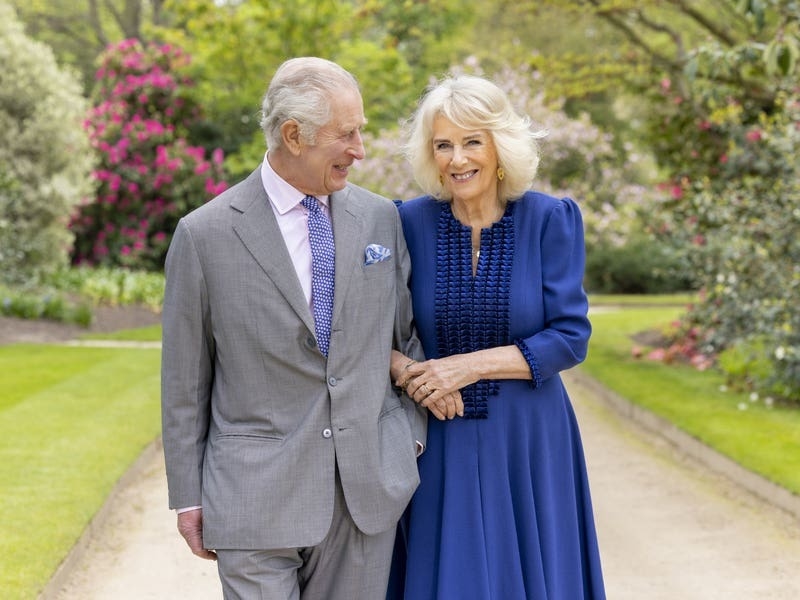Scottish Gaelic is to be introduced on a free online language learning service with more than 300 million users.
Duolingo was launched in 2011 by Luis von Ahn, a Guatemalan immigrant, in Pittsburgh, the US, and now has more than 90 languages on its online service.
Users learn new languages with various games, including typing words or phrases, matching grammar and also speaking or listening to sentences to earn “crowns” and progress their knowledge through a number of levels.
See Scotland in full colour and know your Clan from your Quaich. Scottish Gaelic is coming soon to Duolingo!
Sign up to be the first to have access to the new, free course that is made in ??????? https://t.co/Ux3L8NwVIX pic.twitter.com/dc7QiaKLM3
— Duolingo (@duolingo) October 17, 2019
Each element is collated in an “incubator”, and artificial intelligence is used to match users’ level of learning and knowledge.
At the Royal National Mod in Glasgow on Thursday, it was announced Scottish Gaelic – which has just under 60,000 speakers in Scotland, according to the 2011 Census – will be added to Duolingo in the coming months.
Martin Baillie (Martainn Mac a’ Bhaillidh) applied and was invited to contribute to the course, which will be available on iOS and Android apps as well as the Duolingo website.
The architect, from Skye, told the PA news agency: “The contributors build the course from the ground up so quite a lot of work had been done on what words you’ll introduce at each stage and how you build on those words to create sentences.
“The process then was just basically reviewing all the sentences and then adding additional translations – there’s not always one translation for one sentence in either language so we have to give people options that aren’t wrong.
“The stage we’re at just now – although there’s plenty of everything to do – is trying to primarily get recordings for sentences we have on the course, so we’re looking for people with excellent accents and clear pronounciation to record so there’s audio that goes with the course.
“When you look at other languages and how quickly they get to half a million as a number, if we can get that number internationally learning Gaelic and demonstrate there’s an interest in the language, it gives people pause for thought in the value they place in their own language in Scotland as well.
“The richness that comes with learning Scottish Gaelic in terms of like placenames all across Scotland, place names are in Gaelic, whiskies, tartan… our whole culture stems from that Gaelic culture.
“The way I see it, it’s kind of opening your eyes to see Scotland in full colour and get a full understanding of our history as a nation. I think there’s plenty of reasons to learn Scottish Gaelic and this just makes it more accessible for people to do so.”
More than four million people are learning Irish on the site, with 1.2 million signed up to learn Welsh, while courses in “indigenous and endangered” languages including Navajo and Hawaiian were also launched last year.
Colin Watkins, Duolingo’s UK country manager, said: “Our mission is to make education free, fun and accessible to all.
“We want everyone with an interest in seeing Scottish Gaelic thrive to share details of the course with their friends and family.
“All it takes is to stop scrolling for five minutes a day and start doing something rewarding with your time, and at the same time keep Gaelic growing in Scotland and around the world.”
Allan Campbell, An Comunn Gaidhealach (Royal National Mod) president, added: “It is excellent to see a large platform such as Duolingo recognising the growth of the Gaelic Language and taking action to support us in our efforts to introducing as many people to the language as possible.
“By enabling an easy, basic introduction, the platform will help to support all of the work we do with Gaelic Medium Education courses and existing learning platforms such as LearnGaelic, and hopefully we will see more people enrolling in formal Gaelic education as a result.”
To sign up for the Scottish Gaelic course, visit the Duolingo website.






